Introduction
Imagine a world where females can reproduce without males—no dating, no drama, just pure solo parenting. While this might sound like science fiction, for some animals, it’s a biological reality. This phenomenon is called parthenogenesis, and one of its most fascinating practitioners is the Komodo dragon (Varanus komodoensis).
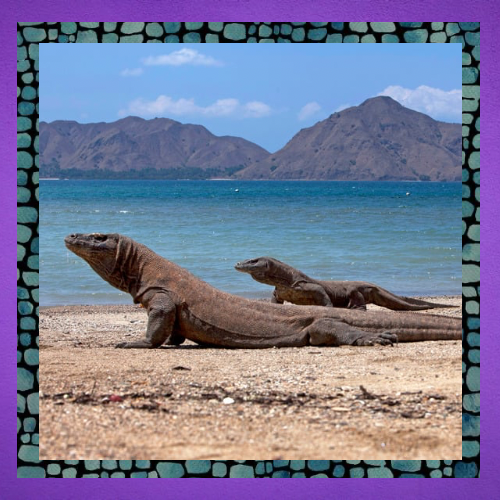
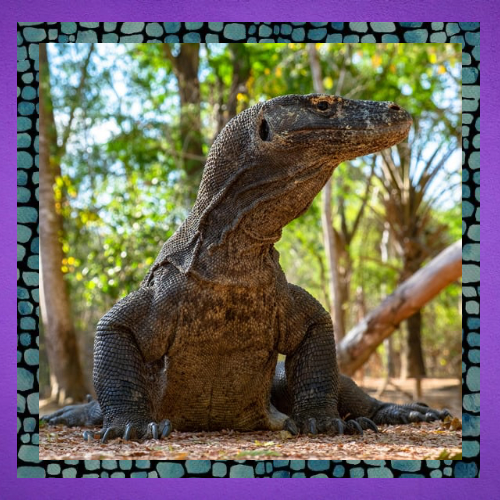
As a wildlife expert, I’ve always been captivated by nature’s ability to defy expectations. The Komodo dragon, Earth’s largest living lizard, already boasts an impressive resume: venomous bites, armored scales, and a fearsome reputation. But its ability to reproduce asexually? That’s the stuff of legends.
Let’s dive into the wild world of parthenogenesis, uncover how Komodo dragons pull off this reproductive magic trick, and explore why this adaptation might be a game-changer for their survival.
What is Parthenogenesis?
Parthenogenesis (from the Greek parthenos, meaning “virgin,” and genesis, meaning “origin”) is a form of asexual reproduction where an embryo develops from an unfertilized egg. While common in insects like aphids and bees, it’s rare in vertebrates—yet some reptiles, fish, and even birds can do it.
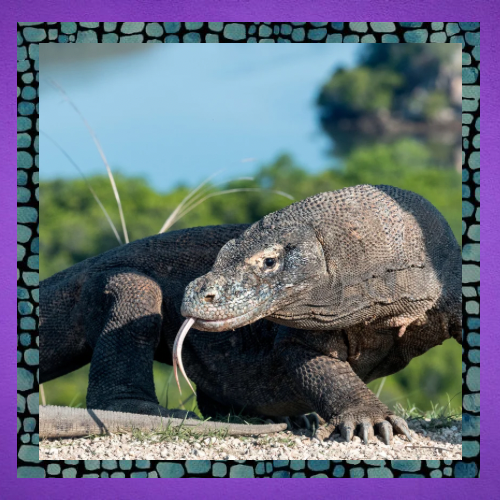
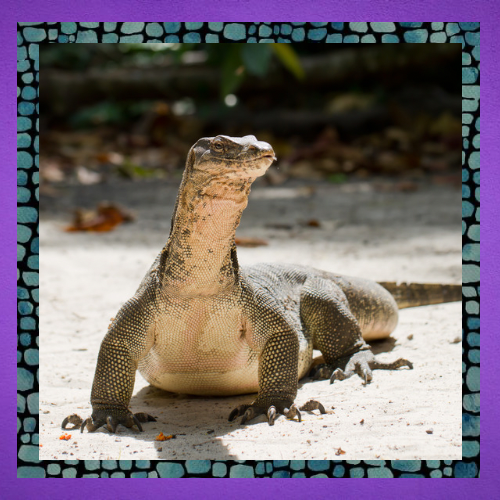
There are two main types:
– Obligate parthenogenesis: Species that only reproduce this way (e.g., some whiptail lizards).
– Facultative parthenogenesis: Species that usually, reproduce sexually but can switch to asexual reproduction when needed (e.g., Komodo dragons, some sharks, and snakes).
For Komodo dragons, facultative parthenogenesis is like a backup plan—a way to ensure survival even when males are scarce.
Komodo Dragons: The Virgin Mothers of the Reptile World
Discovery of Komodo Parthenogenesis
The Komodo dragon’s virgin birth secret was uncovered in 2006 at Chester Zoo in England. Flora, a female Komodo who had never been with a male, laid a clutch of viable eggs. Genetic testing confirmed the offspring had only her DNA—proving parthenogenesis was possible in this species.
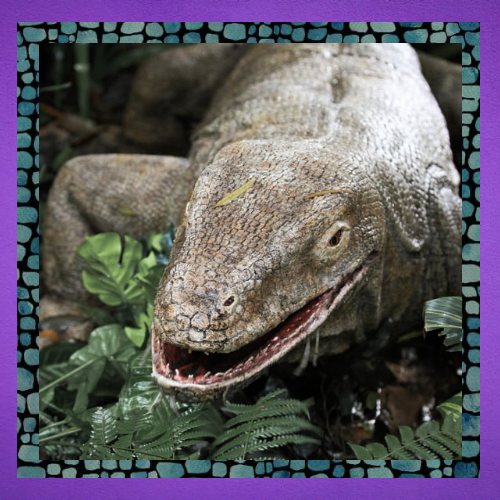
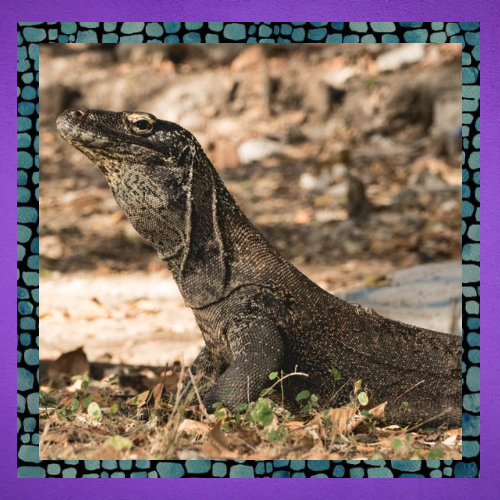
Since then, other cases have been documented in zoos worldwide, showing that when isolated, female Komodos can still produce healthy babies.
How Does It Work?
Komodo dragons, like many reptiles, have ZW sex chromosomes (unlike humans’ XY system). Females are ZW, males are ZZ. In parthenogenesis, the mother’s unfertilized egg duplicates its chromosomes, creating either:
– WW embryos (non-viable, as WW isn’t a survivable combo).
– ZZ embryos (male offspring).
This means all parthenogenetic Komodo babies are male—a quirk that helps repopulate areas with few males.
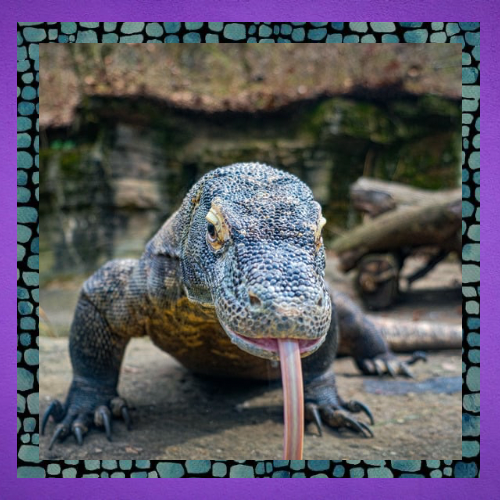

Why Would a Komodo Dragon Go Solo?
In the wild, Komodo dragons live on a handful of Indonesian islands. Isolated populations, habitat loss, and male competition can make finding a mate tough. Parthenogenesis ensures that even lone females can contribute to the gene pool—albeit with reduced genetic diversity.
Pros & Cons of Virgin Births
✅ Survival Strategy: Ensures reproduction even without mates.
✅ Colonization: A single female could theoretically start a new population.
❌ Genetic Uniformity: Offspring are clones or near-clones, increasing vulnerability to disease.
❌ No Female Offspring: Since all parthenogenetic babies are male, long-term sustainability is limited.
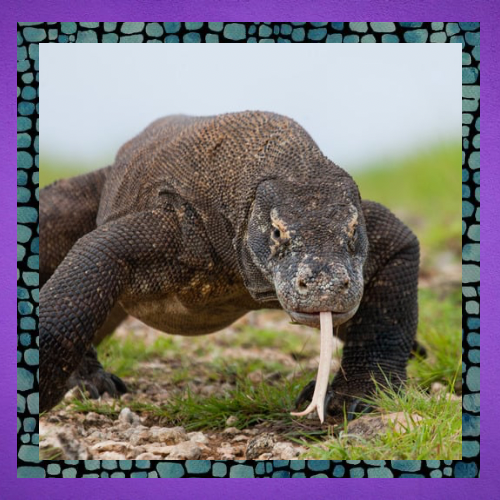
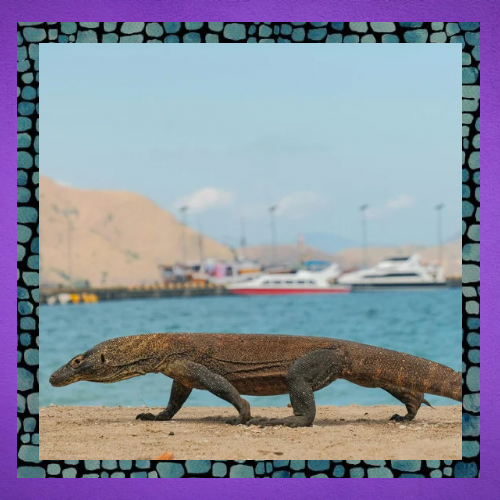
Fun Facts About Komodo Dragons
Before we wrap up, here are some mind-blowing tidbits about these incredible lizards:
🔹 Venomous Bite: Once thought to kill prey via bacteria, Komodos actually deliver venom that prevents blood clotting.
🔹 Cannibalistic Tendencies: Adults will eat younger dragons, so babies roll in feces to avoid detection.
🔹 Speedy for Their Size: They can sprint up to 12 mph (20 km/h) in short bursts.
🔹 Island Giants: The largest wild Komodo recorded was 10.3 feet (3.13 m) long and weighed 366 lbs (166 kg).

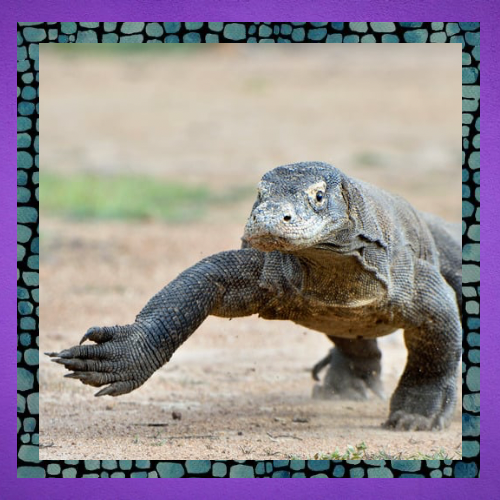
Conclusion
The Komodo dragon’s ability to reproduce via parthenogenesis is one of nature’s most astonishing survival tricks. While it’s not a perfect system, it highlights how evolution equips species with extraordinary adaptations.
Next time you see a Komodo dragon, remember: this fierce predator isn’t just a relic of the past—it’s a master of reproductive innovation. Who knows what other secrets these ancient lizards still hold?
Would you like to know more about other parthenogenetic animals? Let me know in the comments! 🦎✨
References
- Watts, P. C., et al. (2006). “Parthenogenesis in Komodo Dragons.” Nature, 444(7122), 1021–1022. https://pubmed.ncbi.nlm.nih.gov/17183308/
- Chapman, D. D., et al. (2007). “Virgin Birth in a Hammerhead Shark.” Biology Letters, 3(4), 425–427. https://pmc.ncbi.nlm.nih.gov/articles/PMC2390672/
- Ciofi, C. (1999). “The Komodo Dragon.” Scientific American, 280(3), 84–91. https://bioone.org/journals/journal-of-ethnobiology/volume-30/issue-2/0278-0771-30.2.289/Folk-Knowledge-and-Distribution-of-the-Komodo-Dragon-Varanus-komodoensis/10.2993/0278-0771-30.2.289.full
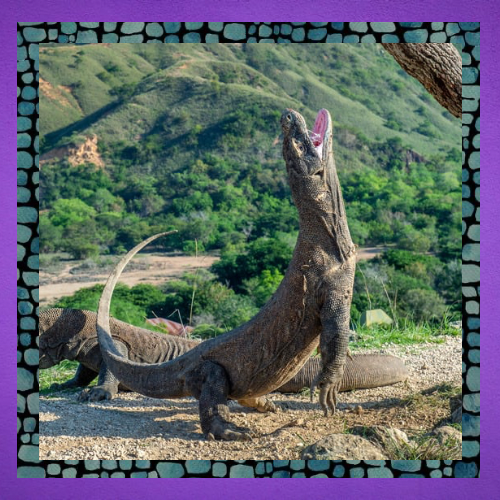


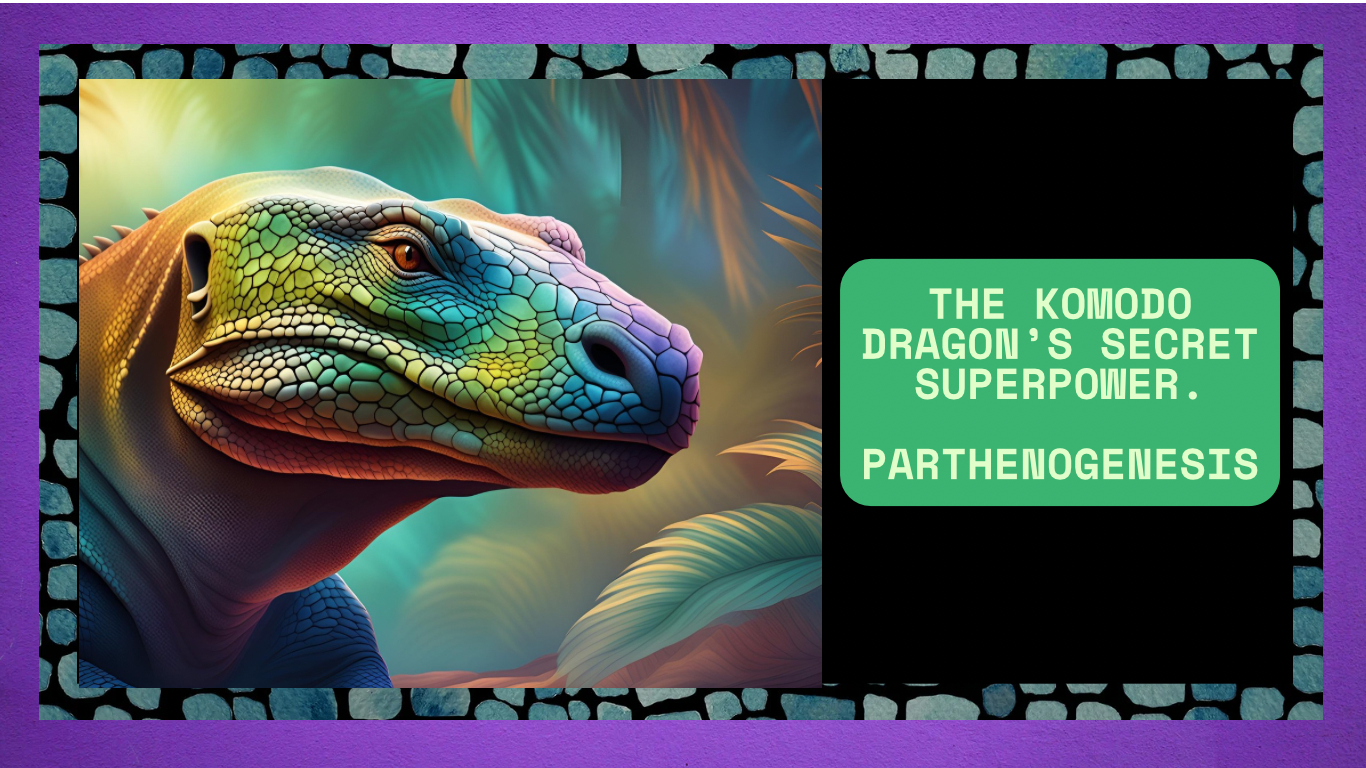


Hey there! I’m at work surfing around your blog from my new iphone 3gs!
Just wanted to say I love reading your blog and look forward to all your posts!
Carry on the fantastic work!
I am now not positive where you are getting your info, however great
topic. I must spend a while studying much more or
understanding more. Thanks for fantastic information I was searching for this info for my mission.
Hi there I am so delighted I found your blog, I really found you by mistake,
while I was browsing on Bing for something else, Anyways
I am here now and would just like to say many thanks for
a incredible post and a all round thrilling blog (I also
love the theme/design), I don’t have time to browse it all at
the moment but I have book-marked it and also added your RSS feeds, so
when I have time I will be back to read more, Please do keep up
the superb work.
Quality articles is the important to attract the viewers to pay a visit the web
page, that’s what this site is providing.
Thank you for being of assistance to me. I really loved this article.